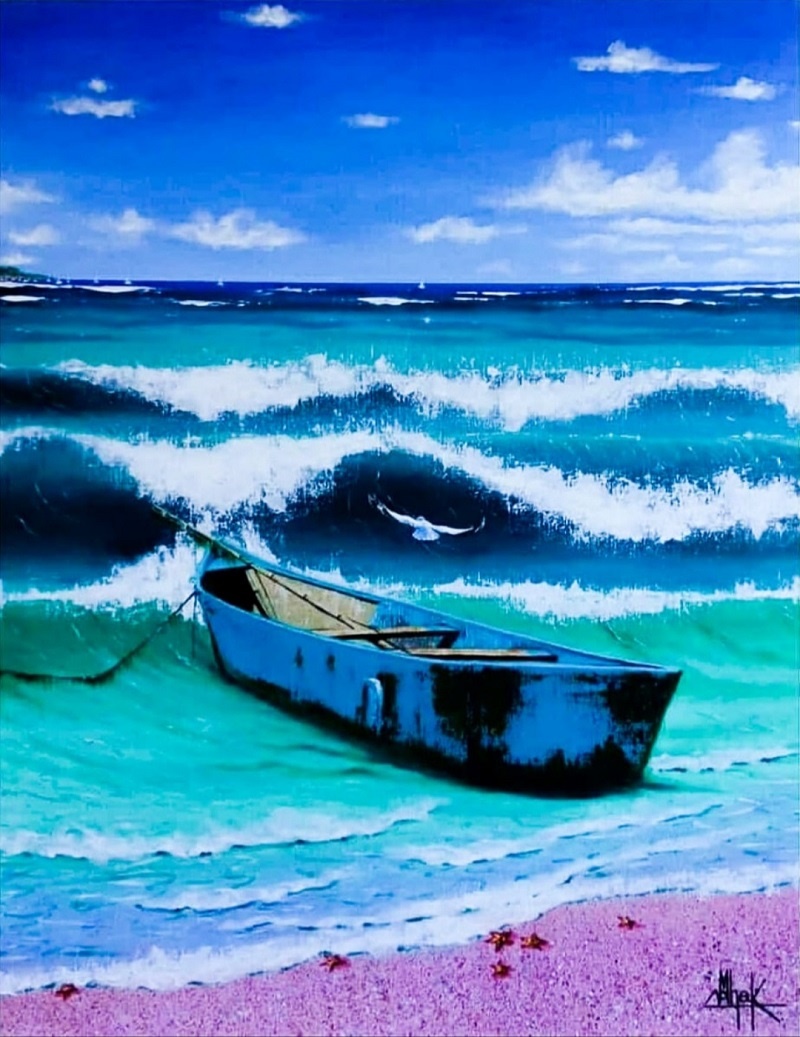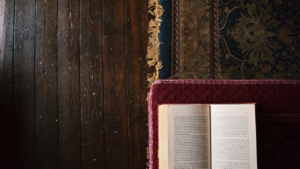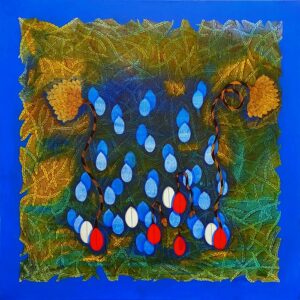The beauty and grandeur of nature have long served as a source of inspiration for landscape painters, who have made their work well recognized. Landscape paintings have captivated the imagination of generations of art enthusiasts, whether they depict tranquil landscapes like those of the Impressionists or dramatic views like those of the Hudson River School.
The history of landscape painting, its essential elements, and recurring motifs, as well as some of the most significant painters who have contributed to this rich and varied art form, will all be covered in this blog article.
History of Landscape Painting
Landscape painting has its roots in antiquity, as evidenced by the landscape art that has been discovered in Pompeii’s ruins and other ancient locations. Landscape painting did not start to develop as a separate genre, nevertheless, until the Renaissance.
Albrecht Altdorfer’s “The Battle of Issus” (1529), which depicts a stunning landscape as the setting for a war scenario, is one of the oldest instances of landscape painting. Landscape painting did not, however, become widely popular until the 17th century, when Dutch artists like Meindert Hobbema and Jacob van Ruisdael produced breathtaking landscapes that perfectly portrayed the majesty and beauty of the natural world.
The Romantic movement, a cultural fad that placed a strong emphasis on feeling, fantasy, and personal experience, emerged in the 18th and 19th centuries. Artists like Caspar David Friedrich and J.M.W. Turner produced works that were profoundly emotional and spiritual in character, and landscape painting played a significant part in this movement.
As the Impressionist movement grew in the 19th century, landscape painting also contributed significantly. Artists like Claude Monet and Pierre-Auguste Renoir used color and light to convey the transitory beauty of the natural world.
Key Characteristics of Landscape Painting
The natural environment is the primary subject of landscape paintings, which aim to depict the splendor and grandeur of the landscape in all its forms. Landscape paintings’ essential qualities include:
- An emphasis on nature: Landscape painting is all about capturing the beauty of the natural world, from the undulating hills and mighty mountains to the serene lakes and babbling streams.
- focus on color and light In order to convey a feeling of atmosphere and mood, painters frequently employ color and light in landscape paintings. They do this by utilizing a variety of hues and tones to depict the changing seasons and light.
- size: Landscape paintings frequently depict broad, sweeping views that evoke a feeling of grandeur and size, with varied techniques used by the painters to communicate depth and perspective.
- The natural environment is frequently used by painters as a tool to explore topics like spirituality, death, and the passage of time in landscape paintings, which can have a strong emotional impact.
Themes in Landscape Painting
Landscape painters are inspired by the natural world, human experience, and their surroundings to create works with a broad variety of topics. The following are some of the most prevalent topics in landscape paintings:
- The beauty of nature: Many landscape paintings are merely celebrations of nature, with the aim of capturing the grandeur and beauty of the landscape in all its manifestations.
- The passing of time: Landscape painters frequently depict the seasons changing and the passage of time in their works, employing a variety of artistic approaches to evoke a feeling of motion and change.
- Relationship between man and nature: Many landscape paintings examine how people interact with the natural world. Artists often use the landscape as a means of addressing topics like ecology and sustainability.
- The natural environment is frequently used by artists to explore topics like mortality, eternity, and the supernatural in landscape paintings. These works frequently have a spiritual or mystical character.
Important Landscape Painters
Throughout history, there have been a great number of influential landscape painters, each with his own distinct style and method. Just a handful of the most renowned landscape painters from various eras and locations are included below:
- Claude Lorrain, a painter, was active between 1600 and 1682. a well-known French painter who is recognized as one of the greatest landscape painters of the Baroque period. With a focus on classical themes and motifs, Lorrain’s paintings frequently showed idealized landscapes that exuded a feeling of harmony and peace.
- Paintings by Dutch artist Jacob van Ruisdael (1628–1682) depicting the Dutch countryside are renowned for their attention to detail and realism. Ruisdael was an expert at depicting the effects of light and weather on the environment, and his landscape paintings are known for their dramatic skies and brilliant, rich hues.
- English painter John Constable (1776–1837) is renowned for his frank and lyrical renderings of the English landscape. Constable was a master at depicting the shifting effects of light and weather on the environment, and his paintings frequently include pastoral vistas and rustic houses.
- German painter Caspar David Friedrich (1774–1840) is renowned for his ethereal and atmospheric representations of the natural world. Friedrich was particularly interested in addressing topics like mortality, spirituality, and the sublime. His landscape paintings frequently show spectacular views and bleak, desolate settings.
- American painter Frederic Edwin Church (1826–1900) is renowned for his exquisite representations of the American environment. Church was especially adept at portraying the feeling of size and grandeur of the natural world. His landscape paintings frequently showcase dramatic views and vibrant, saturated hues.
- Tom Thomson (1877–1917) was a Canadian painter best renowned for his vivid and emotive representations of the Canadian bush. Thomson was particularly adept at conveying the rough beauty of the Canadian terrain, and his landscapes frequently have vibrant colors and distinctive patterns.
- Georgia O’Keeffe (1887–1986) was an American painter best known for her abstract and stylized portrayals of the American Southwest. O’Keeffe was particularly concerned with subjects like the link between humans and the natural environment, and her landscapes frequently contain strong, geometric forms and vibrant, saturated colors.
Indian Art Ideas is an online art gallery that exhibits the finest collection of modern, contemporary, and fine art pieces created by eminent and adroit artists. We believe in bringing a matchless and unique selection of Indian art paintings, drawings, sculptures, prints, and photography from different parts of India.
Each form of artwork is hand-picked by our team of professional editors with a key focus on the innovative value and quality of the material used to create the piece of art.











+ There are no comments
Add yours